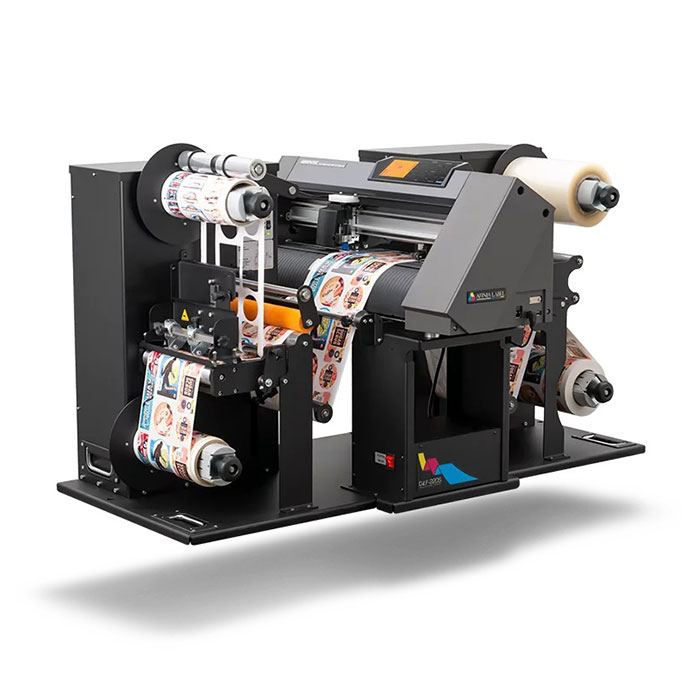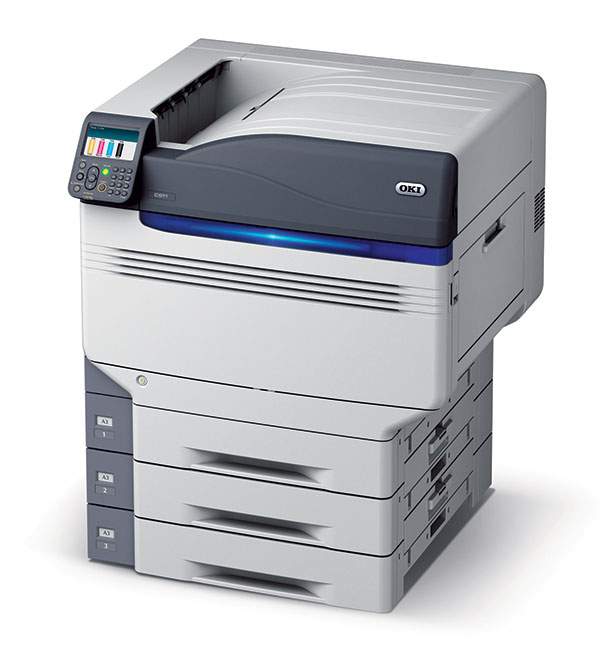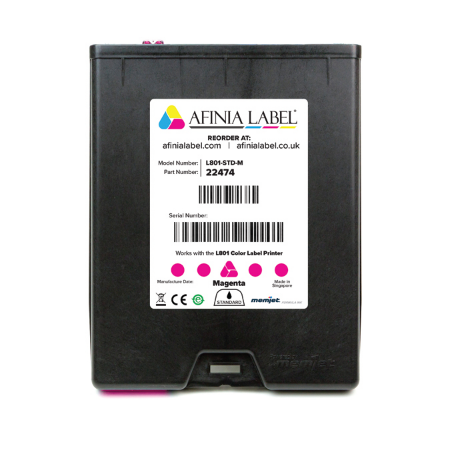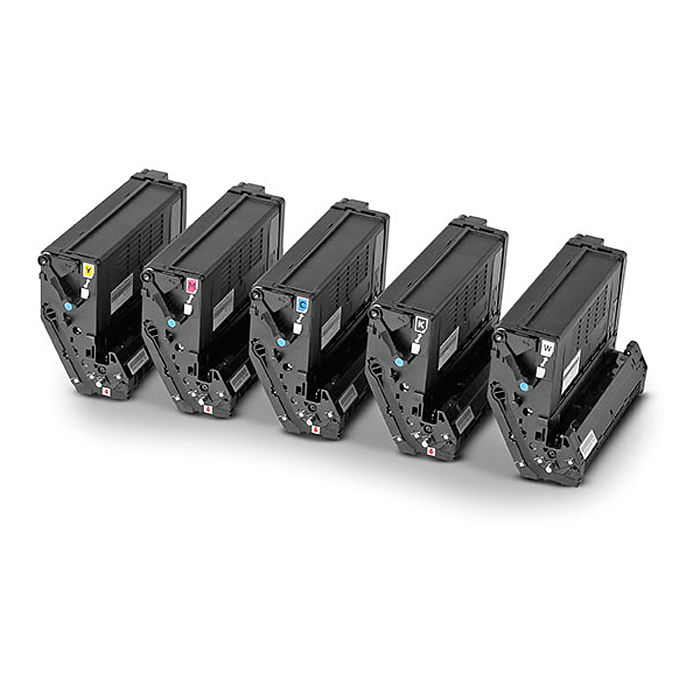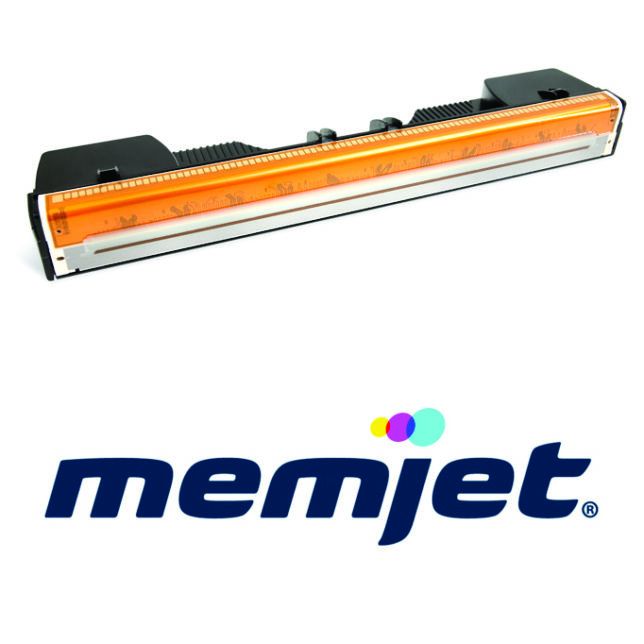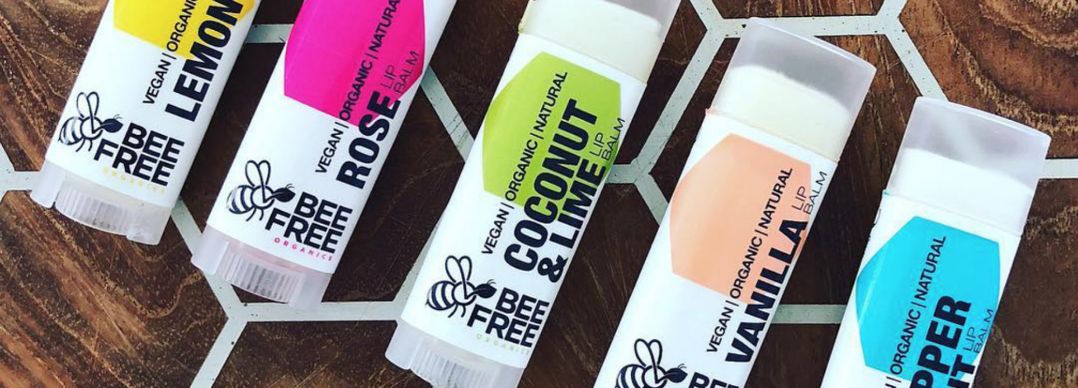Deciding how best to deal with your label requirements can pose a dilemma.
Would it be cost effective to bring your production in-house?
Will you be able to achieve the professional finish you require?
Do you need the flexibility of on demand printing or could you easily manage a two week lead time for printing?
Ultimately, the best option for you will likely be unique to your business circumstances, however we have helped a wide range of different businesses weigh up the pros and cons of each method. From small scale Micro- Breweries to full scale 24 hour food processing businesses many of the same considerations apply.
For the purpose of this comparison we are looking at colour labels. If you just require black text or a barcode then a thermal printer which is simple, cheap to run and very durable might be the best choice for you.
Printing your own labels – what will you need?
A digital colour label printer
These start from around £1000 and for the printer alone go up to around £13,000. Popular options for a company producing a few thousand labels per week would be the Afinia L-501 and for those needing higher volumes then the Afinia L-801 could be a great choice. Always request label samples to check for print quality and durability. Inkjet solutions are not suitable for all applications. The samples should be tested on your physical product.
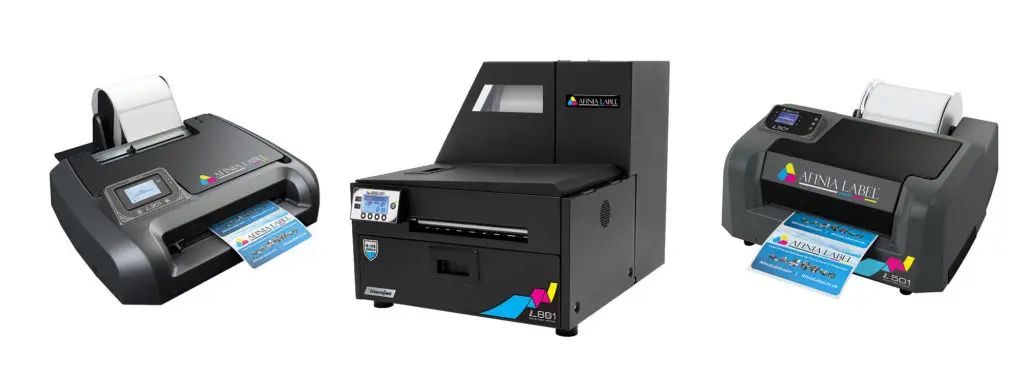
Consumables
The cost of inks and print heads vary greatly between different printer options. Generally, the more you spend on the printer the lower running costs will be. Your supplier should be able to tell you from your artwork what your total cost of production of each label will be.
Die Cut Labels
You need to select a material type that will work both with the printer and suit your product needs. The range of inkjet compatible materials is growing regularly. If you opt for a size your supplier doesn’t have a cutter for you may have an additional cost of around £50 for your first order. Die cut labels also often have a lead time of around 10 days.
Software
Some printers will come with everything you need but for some you may require additional design software. This could cost anything from £200 upwards. BarTender and Nice Label are commonly used options.
Support / Maintenance
Will you printer be critical to your business? If so, you may need to consider taking extended on-site support options from the supplier.
So, there are a fair few considerations there. If you are producing runs of 10,000 plus of an identical labels then it’s very unlikely you’ll be able to run your labels cheaper than a commercial printer can on a Flexo line.
Reasons to produce your labels in-house?
- You’ll have full control over your production. Unexpected orders could be fulfilled and there’ll be little or no wasted labels.
- Customised short runs would not be an issue
- Labels can be sequentially numbered, if required
- You’d be quickly able to respond to any legislation changes for your packaging
- Likely more cost effective then outsourcing for short runs.
Downsides of producing your own labels?
- There may be a considerable investment to begin with
- Depending on the print technology you opt for the product may not be as durable as a Flexo printed labels
- No options for special effects such as embossing or hot foil.
Outsourcing your label production
Outsourcing your label production can be the best option for some people. If you have very long runs of around 10,000 labels, need special effects or do not have the funds to invest in a label printer.
Considerations for selecting a printer to produce labels for you
You should explain fully to any potential supplier what you are doing with your finished labels. They should be able to help advise you on the best production method, suitable materials and offer samples for you to see. If your labels are going to get wet, say they’re getting wet as this will change how they are produced.
Printers will have different types of equipment better suited to different run sizes so it’s worth checking whether the price you have is competitive. A printer with only a Flexo print line for example will not be able to offer a good price for 250 labels.
Your initial order may also require tooling and plate costs. Test prints for some methods are not possible, or are very costly so you may have to order without knowing exactly what your finished label will look like.
Pros for outsourcing your label printing?
More options for embellishments and a wider range of substrates
- Cheaper for runs of 10,000 labels plus
- Option to produce very durable labels with varnishes or overlaminates
Downsides to outsourcing label printing?
- Typical lead times of around 8-10 days
- High minimum run quantities can make short run printing expensive
- Flexo printing is not suitable for unique or serialised products
- Initial tooling and set up costs can be expensive
In conclusion, there are many factors to consider when investing in a label printer. Request samples, understand your true cost per label and try to think about your current needs and any potential plans for growth. Chose a hardware supplier you feel understands your requirements and will support you beyond the initial sale.
If you’d like to discuss your label requirements please do not hesitate to contact us. Our team will give an honest opinion on all of our products and services and will be very happy to help you make an informed decision.
Get in touch
